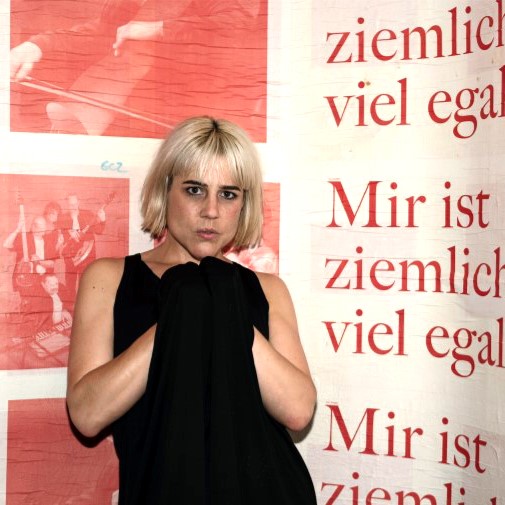In March 2020, at the occasion of our Live Style Europe Podcast, we interviewed Isabelle ‘Isi’ Von Walterskirchen, board member of PETZI and manager of the Clubbüro at the Rote Fabrik in Zurich about the concept and principles of horizontal governance, a democratic and non-profit practice of management. Find out more about horizontal governance in the interview below!
Hi Isi! Can you please present yourself?

“I’m Isi Von Walterskirchen, I live in Zurich in Switzerland. My job is to manage the Clubbüro at the Rote Fabrik, Zurich’s alternative cultural centre which turned 40 years old this year. It was given from the authorities to the youth who was rebelling in the 1980s. It provides them some space for alternative and non-profit club culture. We focus on experimental and niche music, on social engagement and next generation. All people that promote events on this platform have signed an ethical charter. This is my paid job.
On a voluntary base, I am in the board of PETZI which I was managing the last 10 years. PETZI is a live DMA member and an association for non-profit music clubs & festivals, so places that mainly provide concerts.
I am also on the board of Live DMA.
In my free time, I am a volunteer for the Rhizom Festival, which is a festival for avant-garde electronic music with a trans-disciplinary programming and a focus on socio-political activism. The structure of it is non-hierarchical, we do all decisions in the collective. We don’t only provide cultural content but we are also testing new organizational initiatives such as Prix Libre (i.e. pay-as-you-want), we don’t have a security team but an awareness concept, we pay artists the same symbolic fee and last year, we had a backstage for everybody.”
What is your definition of horizontal governance? How do you apply it in the different projects you are involved in?
“Actually, horizontal governance is the opposite of a hierarchical organization, it’s the opposite of having a boss who gives orders to its employees. Mostly, I am working in collective efforts that are usually formed as associations. Associations are defined by its statutes, in there you write down the goals, purpose, and structure of the association, as well as the organs composing it. You also can find in the statutes the roles and duties of each organ of the association (board members, office staff, members…).
“Horizontal governance is the opposite of a hierarchical organization, it’s the opposite of having a boss who gives orders to its employees.”
The first level of the association, the highest authority let’s say, are the members. They have the right to vote (elect the board or new members) and they can have a say in the strategies of the association. The members also have duties: pay a membership fee, speak to an ethical charter. They should take part in the association’s activities.
The second level of an association is the board. The board members are elected by the members to represent them. The board get the functions transmitted by the statutes. The members let the board members ship the boat of the association!
A third very important level, such as in Live DMA, are the employees (administration & coordination). They get their functions transmitted by the board through an employment contract.
“Associations are defined by its statutes, in there you write down the goals, purpose, and structure of the association, as well as the organs composing it. You also can find in the statutes the roles and duties of each organ of the association (board members, office staff, members…).”
An important moment at the association, to form a common will and do common decisions is the General Assembly. It is the moment all the members come together and express their will, and give the orders to the board who then can do the tasklist of the employees. It is a bottom-up process of working.“
What are the benefits of this system of governance?
“In the horizontal governance systems, the desire to improve the quality of the decisions is improved by including all ideas and needs of the representing organs and persons. Then, by inclusion and putting on the table all those ideas and needs you form a common action plan. When you do a common decision, it is accepted by all. On the creativity level, you have more diversity of ideas and inputs, so more possibilities to decide on more ideas. It is also a huge ethical improvement: you’re not hierarchical, so you include each and everybody. You empower everybody and share responsibility.”
“[Horizontal Governance] is also a huge ethical improvement: you’re not hierarchical, so you include each and everybody. You empower everybody and share responsibility.”
Are there any negative points to this system of governance?
“As you can imagine, the more people are involved, the more space for discussion there is. This can slow down working processes. You have an increased demand on coordination. Also, because you make common decisions, individual ideas and wishes can be compromised. But the benefits of such governances are much stronger, though!”
“The more people are involved, the more space for discussion there is.”
Thank you Isi! 🙂
This interview was recorded in March 2020 in the context of the our Live Style Europe Podcasts.
